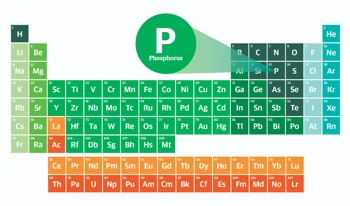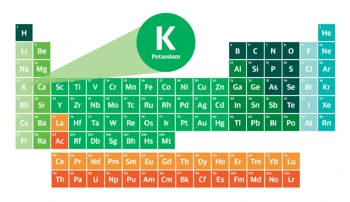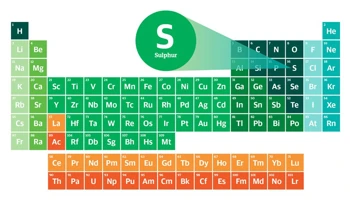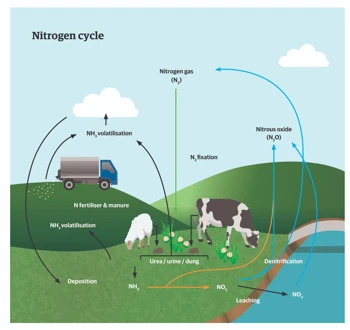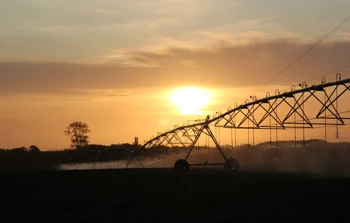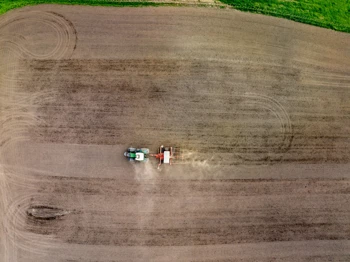News & Advice

A formidable combo: Liquid N and gibberellic acid
When the timing is right, combining GA with your N fertiliser application is a smart way to improve the efficiency of nitrogen applications and stimulate pasture growth.
Gibberellic acid (GA) can be used to stimulate extra pasture production during ‘shoulder’ periods in spring and autumn when cool temperatures are limiting pasture growth rates.
Nitrogen is commonly applied to boost pasture growth at these times, and this is also when the naturally occurring plant hormone GA can provide benefits for pasture growth.
The optimum soil temperature range for a GA response is around 7–16°C so once temperatures warm up in spring, pasture growth rates naturally increase and the advantage from GA can be less significant, as the pasture plants start producing their own GA. Applying GA at any time of year is not recommended for this reason.
How does GA work?
Gibberellic acid is involved in breaking dormancy and mobilising plant reserves. It helps plants start regrowing soon after grazing and accelerates growth rates for a limited time. Best responses occur in healthy pastures that are not under stress and have adequate moisture and nutrition to support the extra growth.
GA needs to be applied 1–5 days after grazing when GA levels are low, and the extra growth captured by grazing again 3–4 weeks later. This timing requirement fits in nicely with rotational grazing practices.
It is important to use the correct dose of gibberellic acid – 8g/ha of active ingredient – for Express GA this equates to 20g of product/ha. In early trials much higher rates were used, leading to some negative effects such as a lag in regrowth after GA use.
What happens when we combine GA and N?
GA and N have an additive effect on pasture growth. N tends to increase grass tillering and GA causes cell expansion.
Availability of N at the time of application has been shown to improve pasture response to GA, and this is a result of increases in both tiller size and tiller density1.
GA and liquid N (Flowfert N) application
Tank mixing Express Gibberellic Acid with Flowfert N or dissolved urea is an effective and efficient way of applying both to pasture. But there are some key things to remember:
- GA needs to be taken up by the foliage, root uptake is not an efficient mode of uptake. That is the reason fertiliser isn’t coated with GA or broadcast with fertiliser.
- When applying GA with Flowfert N, avoid spraying in the rain. The Express GA label states not to apply if rainfall is expected within two hours to allow time for leaf uptake of the GA.
- Flowfert N can be applied in the rain as the N will be taken up predominately by the roots of the plant.
There are some other factors driving interest in GA at present.
The N-190 cap: the additive effect of GA and N means that when you apply N at times that you will get a good GA response, there is potential to reduce the rate of N slightly and still maintain similar pasture production by applying GA with the N application. Rather than replacing an N application with GA, there are more gains to be had when they are used together.
Clover stimulation: With the negative press around fertiliser N, people are rediscovering the value of clover in pastures. Clover responds possibly even better than ryegrass to GA, so you often see an increase in clover in treated pastures.
Cost factors: The cost of urea and fertiliser prices in general are rising. GA is relatively cheap, so prudent farmers are working out they can reduce the cost of increasing pasture production by strategic use of GA with N.

